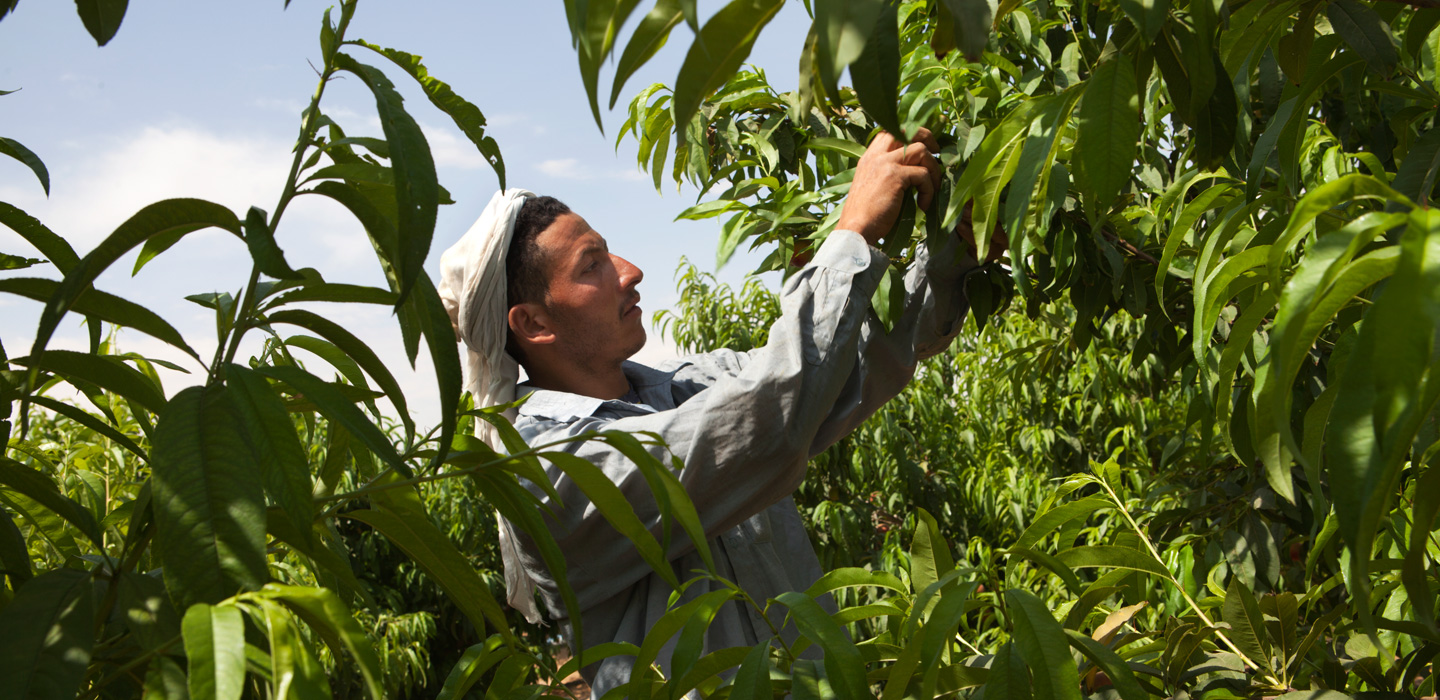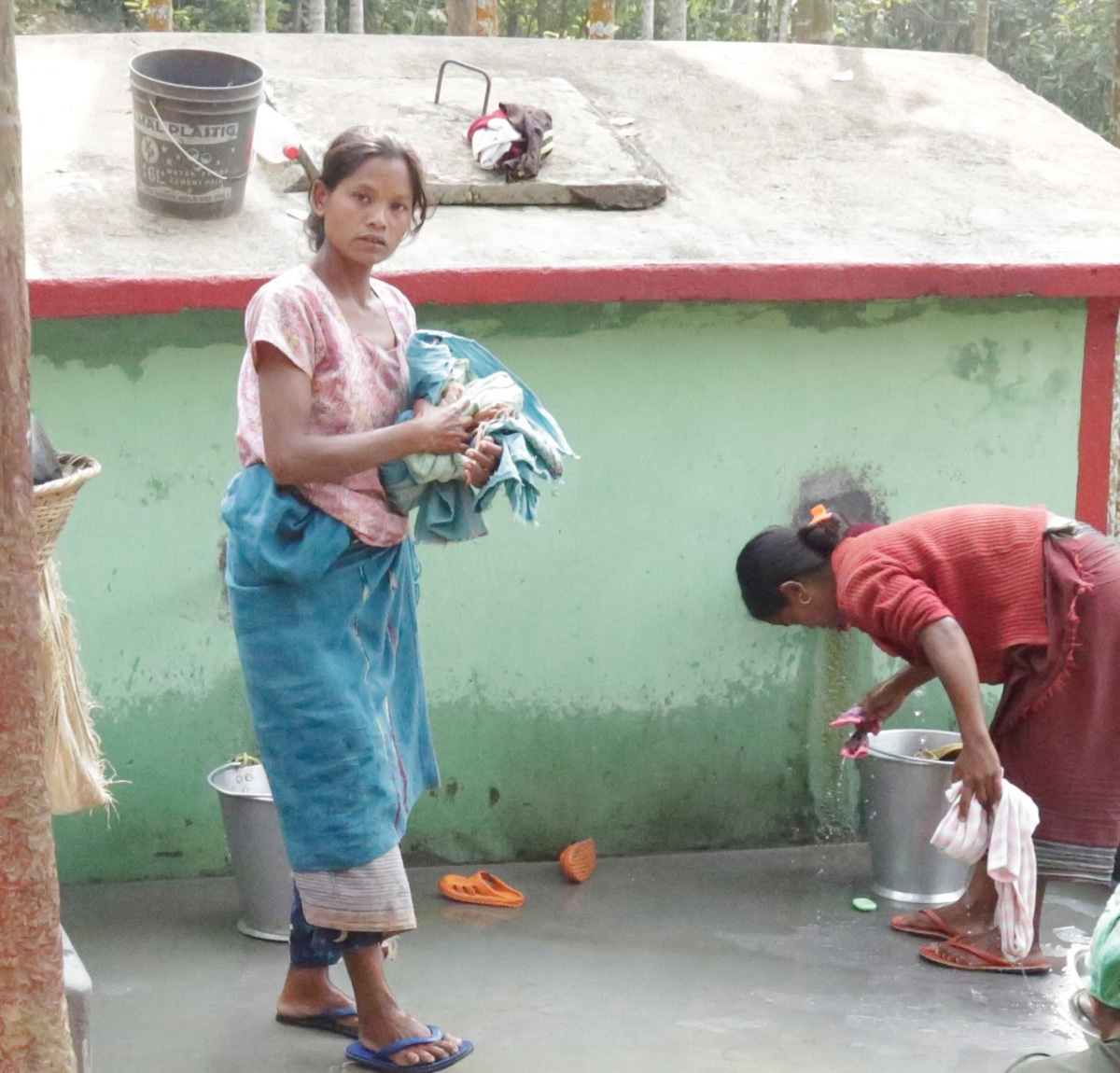Water brings life to rural people
IFAD Asset Request Portlet
Asset Publisher
Water brings life to rural people
Estimated reading time: 3 minutesWhere there is water, there is life. A reliable source of clean water is necessary to grow nutritious food and to lead a healthy life.
But climate change is wreaking havoc on rainfall patterns and causing surface water to be lost to evaporation. Sometimes there is not enough water, and other times there is too much. Now, even farmers who have always been able to rely on predictable rainfall are having to adapt as climate patterns shift.
But with irrigation, it’s possible to bring this source of life to the world's poorest rural people in the right quantities and when they need it.
This is not a new technology. From the Archimedes screw and the Persian qanat system of underground tunnels, to dams built in the Andes highlands and modern drip systems, farmers have relied on irrigation for millennia.
Modern irrigation and water management techniques are helping small-scale farmers progress from low-productivity subsistence farming to irrigated agriculture – while using practices that build their climate resilience and conserve natural resources.
Three IFAD projects show the difference irrigation can make.
Improving incomes in Egypt
For thousands of years life has flourished and thrived along the banks of the river Nile. But population increase, climate change and deteriorating systems mean some irrigation practices have had to change.
Previously, diesel-powered pumps pulled water into earth-lined open irrigation channels which carried it into the fields. This wasted a lot of water and forced locals to deal with a system that was both expensive and difficult to maintain. Often, farmers at the end of the channel didn’t get their fair share of the water.
 |
| Modernized irrigation systems ensure that water is distributed more equitably among farmers in Egypt |
Now, with the help of the IFAD-supported OFIDO project, farmers have modernized this system, switching to electric pumps that channel the water into underground low-pressure pipes. This simple change helps ensure water is distributed equitably, while the electric pumps are cheaper and less carbon-intensive. What's more, farmers’ incomes grew by 17 per cent.
Prosperous communities in Honduras
In Central America’s dry corridor, drought and climate change have made it harder for millions of people to grow food. Many see no choice but to leave their homes in Honduras and its neighbouring countries, hoping for a better life elsewhere.
Osmín Amaya is one of those who came back. He spent seven years as an irregular worker in the United States. Today, his farm in rural Belén is one of those watered by a modern 50-kilometre irrigation scheme supported by PRO-LENCA.
 |
| Osmin (right) was able to return to his home in Honduras thanks to an IFAD-funded irrigation scheme ©IFAD/Juan Ignacio Cortés |
“I wouldn’t have gone [to the United States] if I had this kind of opportunities here,” says Osmín. “When I heard about this irrigation scheme, and having already gathered a small initial capital that would allow me to be part of it, I decided to return.”
Thanks to this dependable water supply, and the use of techniques like crop rotation and crop diversification, 150 families have quadrupled their yield, while enriching their soil and water resources. Irrigation can bring rural economies back to life, making it feasible for young people like Osmín to stay in their communities and prosper.
Lightened workloads for women in India
For the people of Chambagre, a village in Meghalaya state in north-eastern India, water scarcity had made it hard to grow their crops. Even water for use at home was scarce and women spent two hours a day fetching clean water from the nearest source.
But change was on the way. In 2018, an irrigation canal and two water tanks were built to store water near the village. Together with the Megha-LAMP project, village residents planted over 5,000 trees on 10 hectares of community land to retain water and soil, prevent erosion and ensure water security. The people of the village formed a committee to decide how to manage their shared natural resources fairly so all benefit, now and in the future.
 |
| With better access to water, women in Chambagre have more time for other activities. |
Today, the paddy fields of Chambagre are emerald green again. Villagers are cultivating high-value crops like areca nut, black pepper and cashew. And the women of Chambagre, like Silchi A. Sangma, have more time for other activities and to participate in village life. “The two water tanks have ensured long-term water security for me and my family,” she says.
Small-scale irrigation can not only transform fields, but also rural lives and economies. It’s a crucial tool in our global arsenal to help the world’s poorest rural people prosper in an age of climate change.
Publication date: 05 October 2022